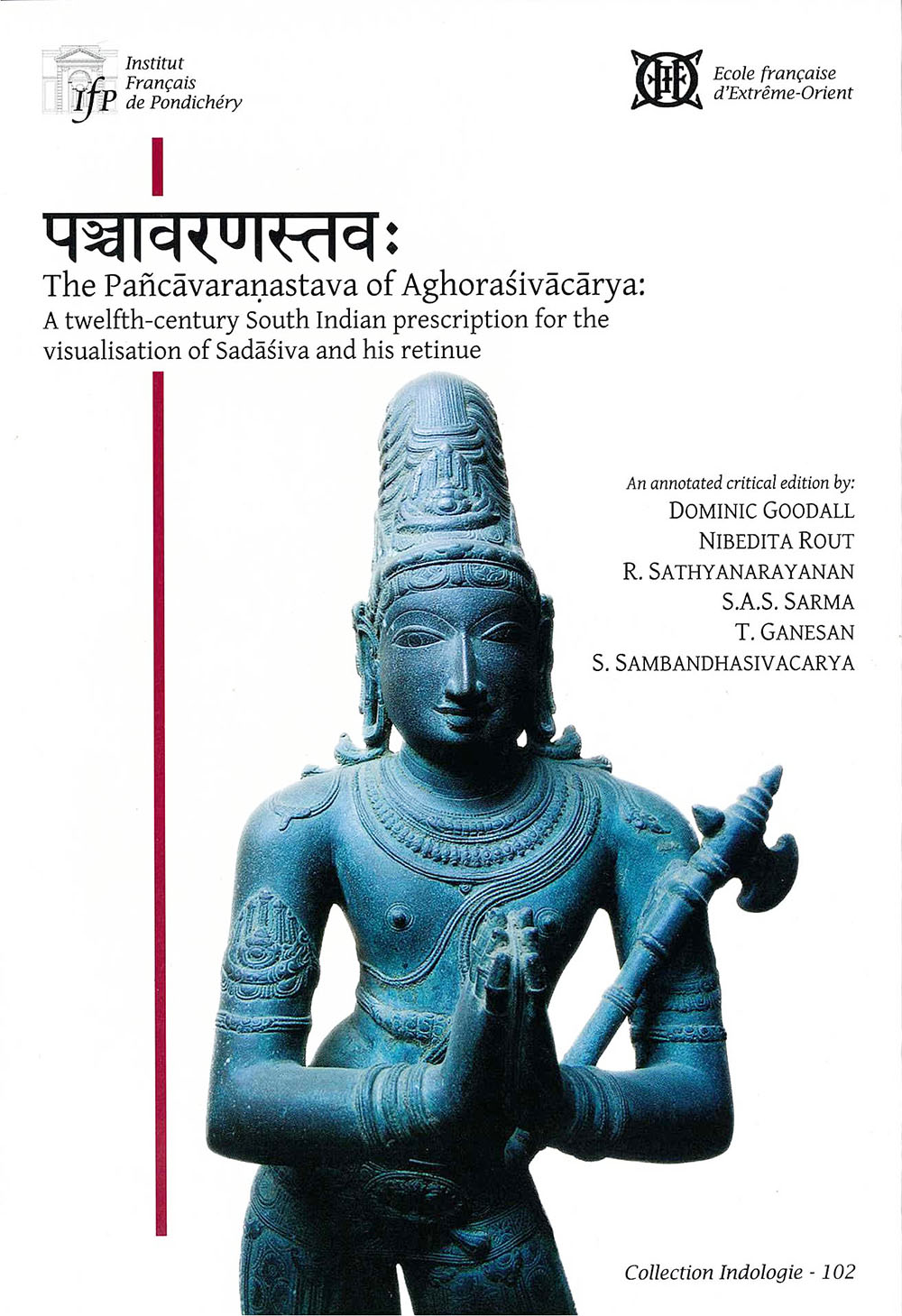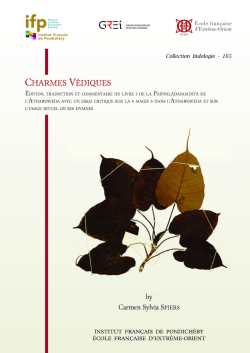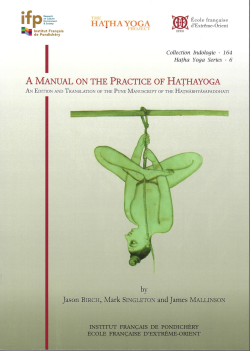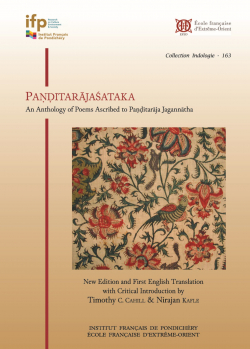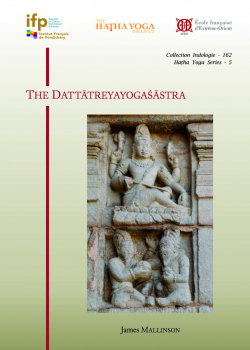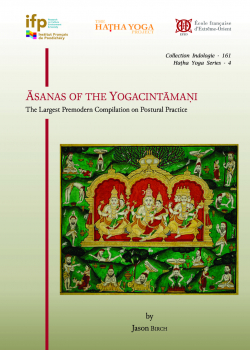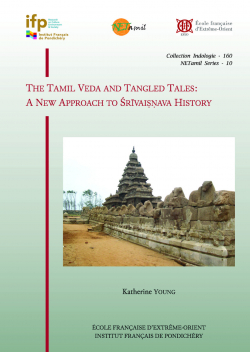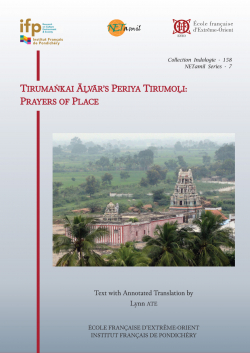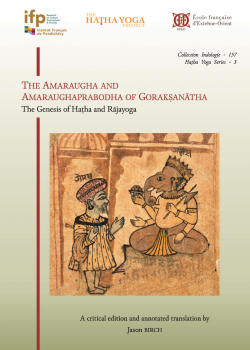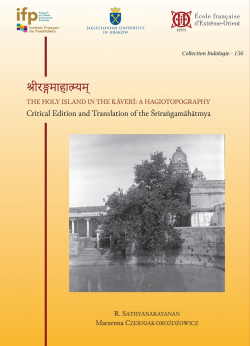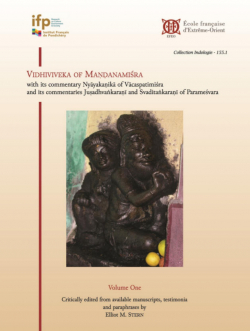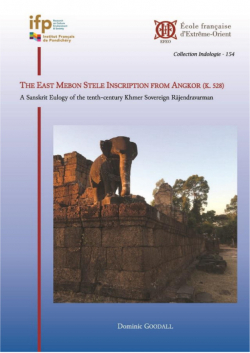The catalog of EFEO Publications includes works on a wide range of disciplines in the humanities and social sciences (archaeology, history, anthropology, literature, philology, etc.), centered on Asia, from India to Japan.
These publications address both specialists, and a wider public interested in Asian civilizations and societies.
The Pañcāvaraṇastava of Aghoraśivācārya:
A twelfth-century South Indian prescription for the visualisation of Sadāśiva and his retinue
Collection : Collection Indologie
Collection's number: 102
Editor: Goodall (Dominic)
Edition: EFEO, Institut français de Pondichéry (IFP)
Publication date: 2005
Status : Check with the publisher
23,00 €
ISBN : 2-85539-662-X
ISBN-13 : 9782855396620
ISSN : 0073-8352
Width : 17 cm
Height : 23,5 cm
Weight : 0,5 kg
Number of pages : 266
Distributor : EFEO Pondichéry Contact : shanti@efeo-pondicherry.org, distributeur online : scholarswithoutborders@gmail.com, distributeur Chennai : jibh.rkc@gmail.com
Geography : India
Language : English
Place : Pondichéry
Support : Papier
Abstract
This volume presents a critical edition of a once celebrated liturgical hymn in one hundred verses by Aghoraśiva. That celebrated twelfth-century theologian of Chidambaram is known both for his commentaries and for his ritual manuals: the Mrgendrapaddhati and the Kriyakramadyotika. The latter, completed in 1157 AD, remains one of the principal authorities for the performance of ritual in South Indian Saiva temples today. In his Pañcāvaraṇastava, “Praise of the Five Circuits”, Aghoraśiva shows how the central deity of the Saiva Siddhanta should be visualised in worship. The initiate should see the benign, white, consortless, five-faced and ten-armed Sadasiva enthroned on an eight-petalled lotus. Arranged around him in five concentric rings are anthropomorphic forms of the 11 mantras that are his heads and body-parts, then 8 souls that administer the universe, then 8 members of his family, the 10 divinities that protect the directions, and finally the anthropomorphised weapons of those protectors. Annotation and a selection of photographs accompany the text.
Notes
You can order this title at the following address:
shanti@efeo-pondicherry.org
About the editor
Goodall (Dominic)
Member of the EFEO since 2000.
Dominic Goodall studied Greek and Latin, then Sanskrit at Pembroke College, Oxford. After finishing his BA (Sanskrit with Pali, 1990), he came to Hamburg for two years to learn medieval Tamil with Professor S.A. Srinivasan. He then returned to Oxford, to Wolfson College, where, under the guidance of Professor Alexis Sanderson, he produced a critical edition of the opening chapters of Bhaṭṭa Rāmakaṇṭha’s tenth-century commentary on the Kiraṇatantra, which he submitted as a doctoral thesis in 1995 and subsequently published from Pondicherry in 1998. He was attached to the French Institute of Pondicherry as a junior researcher in 1996–1997 before returning to Oxford as Wolfson College Junior Research Fellow of Indology from 1998 to 2000. In 2000, he became a member of the École française d’Extrême-Orient (EFEO, “French School of Asian Studies”). He became Head of the Pondicherry Centre of the EFEO in 2002, where he remained until April 2011.
Posted in Paris from 2011 to 2015, he gave lectures at the École pratique des hautes études (Religious Sciences Section), principally on Cambodian inscriptions in Sanskrit and on the history of Śaivism from unpublished sources. He is now once again posted in Pondicherry, where he continues to pursue his scholarly interests, in particular in Sanskrit poetry and in the history of the Śaiva Siddhānta.
Among his publications are editions and translations of works of poetry in Sanskrit and of hitherto unpublished Śaiva scriptures and theological commentaries.
He is currently a professor (directeur d’études) at the EFEO, co-editor with Dr. Marion Rastelli of the Viennese dictionary of tantric terminology, the Tāntrikābhidhānakośa, and a contributor to the Hamburg Encyclopaedia of Manuscript Cultures in Asia and Africa (EMCAA).
In May 2016, he was elected membre correspondent étranger de l'Académie des Inscriptions et Belles-Lettres.
